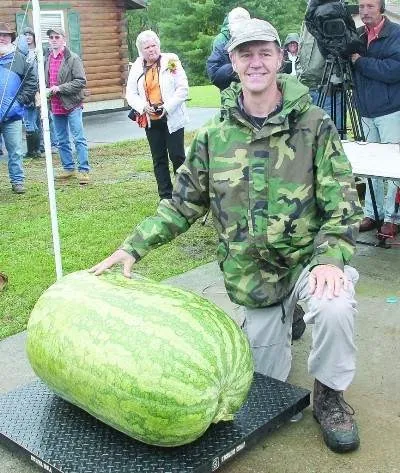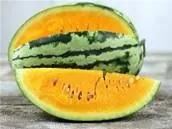Blog
Watermelon Facts
By Arizona Farm Bureau Ag in the Classroom
It’s Summertime, the sun is out and the weather is great! The only thing that could make this summer-perfect is some refreshing watermelon.
- A watermelon is a fruit and a vegetable. The outer rind of the watermelon is used as a vegetable-stir-fried, stewed and often pickled.
- It is rare fruit that has both the characteristics of a fruit and a vegetable. Watermelon is called a fruit because it is grown from seed, contains seeds, and is sweet in taste. Its vegetable characteristics come with its family roots that align with the cucumber, pumpkin, and squash vegetables.
- July is National Watermelon Month. This is also the month for peak watermelon harvest.
- Watermelon is thought to have originated in the Kalahari Desert of Africa. The first watermelon harvest is said to have occurred 5,000 years ago in Egypt. Watermelon are often placed at the burial tombs of kings to nourish them in the afterlife.
- Early explorers used watermelon as canteens.
- Watermelon is 92% water.
- There are 200-300 different varieties of watermelon grown in the United States and Mexico. There are five types of watermelon: seeded, seedless, mini, yellow and orange.

- Watermelon, by weight, is the most consumed melon in the U.S followed by cantaloupe and honeydew.
- The World’s heaviest watermelon was grown in 2013 in Tennessee and weighed 350.5 pounds.

- The United States ranks 5th in watermelon production. Forty-four of the 50 states grow watermelon. Florida, Texas, California, and Arizona typically lead the country in production.
- Seedless watermelon was developed over 50 years ago and they have few or no seeds. When we say seeds we are referring to black mature seeds. The white “seeds” you see are actually seed coats where a seed did not mature and are completely safe to eat.
- Watermelon breeders discovered the crossing of a diploid plant (bearing the standard two sets of chromosomes) with a tetraploid plant (having four sets of chromosomes) results in a fruit the produces a triploid seed (3 sets of chromosomes). The triploid seed is what produces the seedless watermelon.
- Seedless watermelon is a sterile hybrid which is created by crossing make pollen for a watermelon, containing 22 chromosomes per cell, with a female watermelon flower with 44 chromosomes per cell. When the seeded fruit matures, the small, white seed coats inside contain 33 chromosomes rendering it sterile and incapable of producing seeds.
- No watermelon (seedless or otherwise) is the product of genetic engineering. Cross breeding (cross-pollination) is how seed breeders develop new varieties with specific traits.

- How to pick a watermelon:
- Look for a firm, symmetrical watermelon free from bruises, cuts or dents
- Lift the watermelon up, it should be heavy for its size
- The underside of the watermelon should have a creamy yellow spot from where it sat on the ground and ripened in the sun
- 100% of the watermelon is edible, including the rind and the seeds.
- A watermelon takes about 90 days from planting to harvest.
- Once cut from the vine, a watermelon has 3-4 weeks of a shelf life.
- If your watermelon came refrigerated to keep it refrigerated. If it came room temperature you can keep it at room temperature.
- A watermelon’s stripes are indicators of variety, but with over 1,200 varieties grown in 96 countries worldwide, there are many, many variations. In fact, some watermelons don’t even have stripes.
















